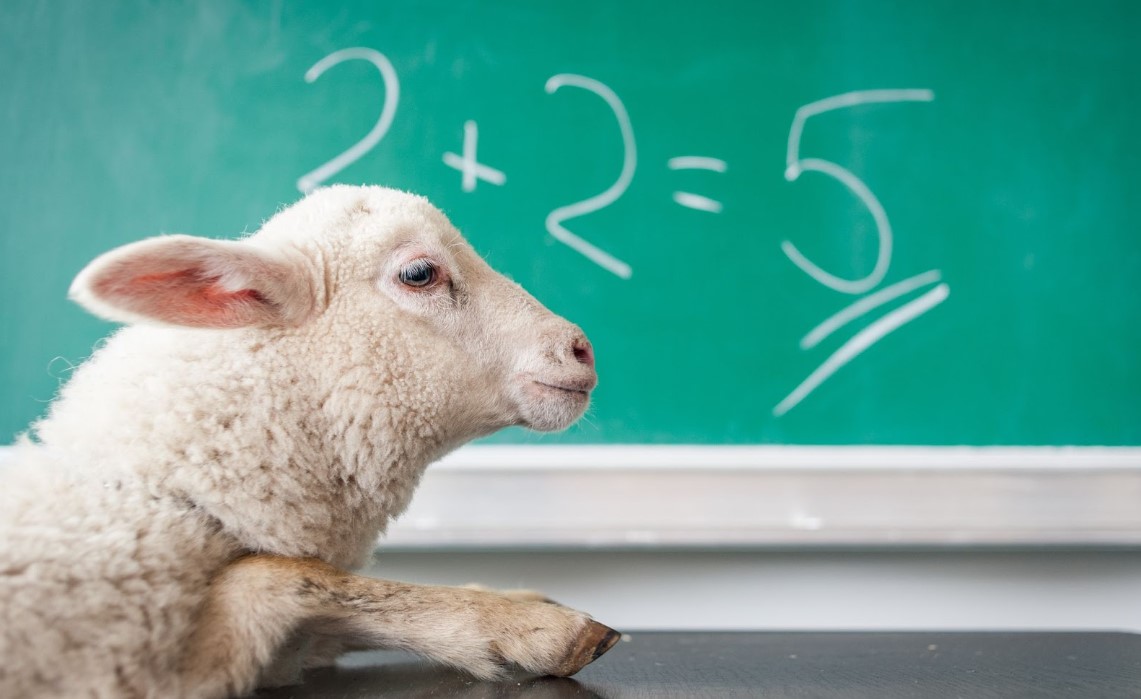The intricate dance between mathematics and art has been a constant throughout history, revealing a profound connection between logic and creativity. From the ancient Greeks to the Renaissance masters and contemporary designers, the application of mathematical principles has played a pivotal role in shaping artistic expressions and design aesthetics. This exploration delves into the ways mathematics influences and enhances the realms of art and design, creating a harmonious fusion of precision and imagination.
Symmetry and Geometry: Foundations of Beauty
At the heart of the marriage between mathematics and art lies the concept of symmetry. Artists and designers have long been captivated by the visual appeal of symmetrical patterns, and mathematicians have provided the tools to understand and create them. The use of geometric shapes, such as circles, squares, and triangles, forms the basis for intricate symmetrical designs seen in various art movements, including Islamic art, Gothic architecture, and the Art Deco period.
The Golden Ratio: Nature’s Divine Proportion
The Golden Ratio, often represented by the irrational number Phi (Φ ≈ 1.618), is a mathematical constant that has fascinated artists and architects for centuries. Its aesthetically pleasing proportions are found in nature, from seashells to flower petals, and have been deliberately incorporated into iconic works of art and architecture. The Parthenon in Athens and Leonardo da Vinci’s “Vitruvian Man” are just a few examples where the Golden Ratio enhances visual harmony and balance.
Fractals: Nature’s Mathematical Art
Fractals, geometric shapes that exhibit self-similarity at different scales, are a testament to the mesmerizing connection between mathematics and the natural world. Artists like Benoît Mandelbrot, who coined the term “fractal,” have harnessed these mathematical constructs to create intricate and infinitely detailed visual representations. Fractal art not only captivates the eye but also underscores the underlying mathematical order found in seemingly chaotic forms.
Algorithmic Art: The Beauty of Code
The integration of mathematics with computer programming has given rise to algorithmic art, where complex visual patterns and designs are generated through mathematical algorithms. Artists code the rules governing the creation of images, animations, or sculptures, offering a contemporary twist to the age-old relationship between mathematics and art. The unpredictability and elegance of algorithmic art challenge traditional notions of authorship and open new avenues for creative expression.
In the realm of mathematics and algorithmic art, MathMaster, an innovative app designed to help students solve math problems, harnesses the power of algorithms to cultivate a deeper understanding of mathematical concepts, providing a unique learning experience. Explore the world of math with MathMaster at https://math-master.org/.
Tessellations: Mathematical Patterning in Art
The art of tessellation involves covering a surface with a repeated pattern of geometric shapes with no overlaps or gaps. Artists like M.C. Escher elevated tessellations to an art form, showcasing the intricate interplay between symmetry and mathematical precision. Tessellations not only adorn artistic creations but also find practical applications in design, as seen in the geometric patterns of tiles and flooring.
Kinetic Art: The Mathematics of Motion
Kinetic art, which involves movement or the illusion of movement, often relies on mathematical principles to create fluid and dynamic visual experiences. Artists like Alexander Calder, known for his mobiles, use mathematical concepts such as balance, symmetry, and physics to bring their creations to life. The mathematical understanding of motion contributes to the aesthetic appeal and conceptual depth of kinetic art.
Piet Mondrian and De Stijl: The Art of Neoplasticism
Piet Mondrian, a key figure in the De Stijl movement, embraced a strict geometric abstraction characterized by the use of primary colors, straight lines, and right angles. Rooted in the principles of Neoplasticism, Mondrian’s art reflects a commitment to mathematical precision and simplicity. The visual harmony achieved through the strict application of mathematical principles makes De Stijl a quintessential example of the marriage between mathematics and art.
Fibonacci Sequence in Art: The Spiral of Creation
The Fibonacci sequence, a series of numbers in which each number is the sum of the two preceding ones (0, 1, 1, 2, 3, 5, 8, 13, …), manifests itself in various aspects of art. The spiral created by the Fibonacci sequence appears in seashells, pinecones, and sunflower patterns, influencing artists like Salvador Dalí and creating a sense of organic beauty informed by mathematical structure.
Optical Art (Op Art): Illusions and Mathematics
Optical art, characterized by visual illusions and perceptual effects, relies on mathematical principles to create mesmerizing experiences for the viewer. Artists like Bridget Riley use precise mathematical calculations to generate optical illusions, playing with color, line, and pattern to elicit dynamic and often disorienting visual effects.
3D Printing: Sculpting with Mathematics
The advent of 3D printing has opened up new possibilities for artists and designers to materialize mathematical concepts in physical form. The precision and accuracy of 3D printing technology allow creators to bring intricate mathematical designs to life, turning abstract concepts into tangible sculptures and structures.
Conclusion
The symbiotic relationship between mathematics and art continues to evolve, challenging creators to push the boundaries of both disciplines. From ancient symmetries to contemporary algorithmic creations, the marriage of mathematics and art offers a profound understanding of the interconnectedness of order and creativity. As artists and designers embrace mathematical principles, the result is not only visually captivating but also a testament to the enduring and dynamic partnership between two seemingly disparate realms. In this intricate dance, mathematics and art come together to weave a tapestry of aesthetic brilliance, proving that the language of numbers is indeed the key to unlocking the secrets of artistic expression.

Leave a Reply